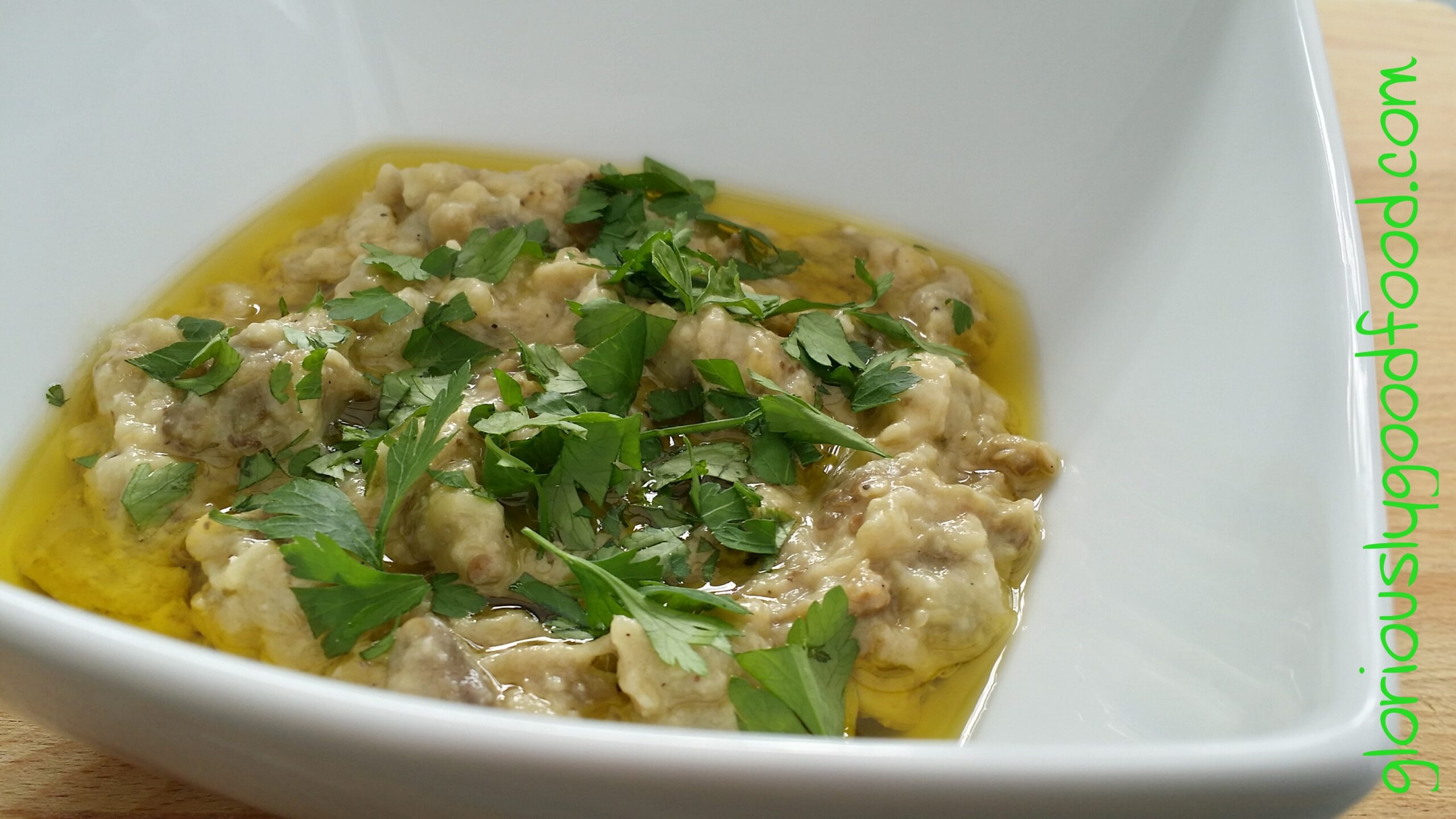As a reflux* sufferer, I often use peppers as a tomato substitute, but they are so much more!
Peppers add a delicious sweetness and richness to many dishes, and this chicken in sweet pepper sauce is no exception.
This recipe makes lots and lots of sauce, that you can then re-use as a soup or as a base sauce for other dishes. The chicken quantities below are for 4 people, but because it makes so much more sauce, you can just add more chicken thighs for more people.
Ingredients (for 4 generous portions)
- 8 skinless boneless chicken thighs, all visible fat removed
- 4 big cloves of garlic, finely chopped (leave the garlic out if this triggers your reflux – there are plenty of flavours to make up for the lack of garlic)
- 2 medium onions, or one large onion, finely sliced (again, if onions trigger your reflux, do not add them)
- 4-5 peppers (orange, yellow, red), cut into large, approx. 2cm squared, chunks
- 2tbsp olive oil
- 1tsp dried oregano
- enough boiling water to just about cover all the contents of the pan (if the pan is small and deep, don’t try and cover the contents or the dish will be too watery) – aim for about 700ml
- 1 chicken stock pot (or any good quality chicken stock cube)
- optional: a few handfuls of black olives in brine (brine drained)
- fine sea salt
Method
Remove all visible fat from the chicken, keeping the pieces whole.
Finely chop the garlic (if using), slice the onions (if using) and chop the peppers, keeping all the ingredients separate.
Heat the oil in a non-stick casserole dish, on a high heat. Season each piece of chicken with a sprinkling of sea salt on both sides and brown in the hot oil. If your casserole dish is quite narrow, you may have to do this in batches. Remove the browned pieces from the casserole dish (they just need to be lightly browned, but don’t cook them at this stage).
Add the onions to juices and turn the heat down to medium-low. Cook for 2-3 minutes, stirring occasionally, allowing them to soften and start turning translucent (but careful not to let them brown), then add the garlic, stir and cook for another minute.
Add the chicken pieces back in, then add the peppers, olives (if using), the oregano, the chicken stock pot (or cube) and the water and stir.
Turn the heat up and bring to the boil. Cover with a lid and reduce the heat to a gentle simmer. Cook for 45 minutes or until the chicken is cooked and almost falling apart and the peppers are very soft.
Carefully remove the chicken pieces (including any small pieces that may have broken off) and the olives.
Place the peppers and onions into a blender, with some of the juices, making sure your blender jug is heat proof. When all the peppers and onions have been removed from the casserole dish, you can place the chicken and olives back in and cover with a lid, to keep warm. If your blender isn’t very big, do this in batches to avoid spilling hot sauce! As always, when blending hot liquids, leave the centre piece off the lid and cover with a folded tea towel, then start blending slowly at first. Blend thoroughly to a smooth consistency.
Place a sieve over your casserole dish and gradually pour the sauce through the sieve back into the juices, using a spoon to help you. Towards the end, you should just be left with minimal pepper paste and the pepper skins, with all the silky pepper sauce having been sieved into the remaining juices. Stir.
Serve with mashed potato, cous-cous, polenta or rice.
Any left-over sauce will make a great soup the next day!
Gloriously Low-Fat, Gloriously Reflux-Friendly, Gloriously Good!
*Please note I am not a doctor, speech therapist or in any way medically qualified. The recipes are a combination of my interpretation of the rules outlined in the ‘Dropping Acid – The Reflux Diet’ book and ingredients that work for my reflux. If you believe you suffer from reflux, please seek advice from a medical professional to confirm your diagnosis and work out the best course of treatment/management for you. I hope that my recipes can help you as part of this management. The recipes are, by their nature, very low in fat, so are also suitable for anyone wishing to follow a low-fat diet.


